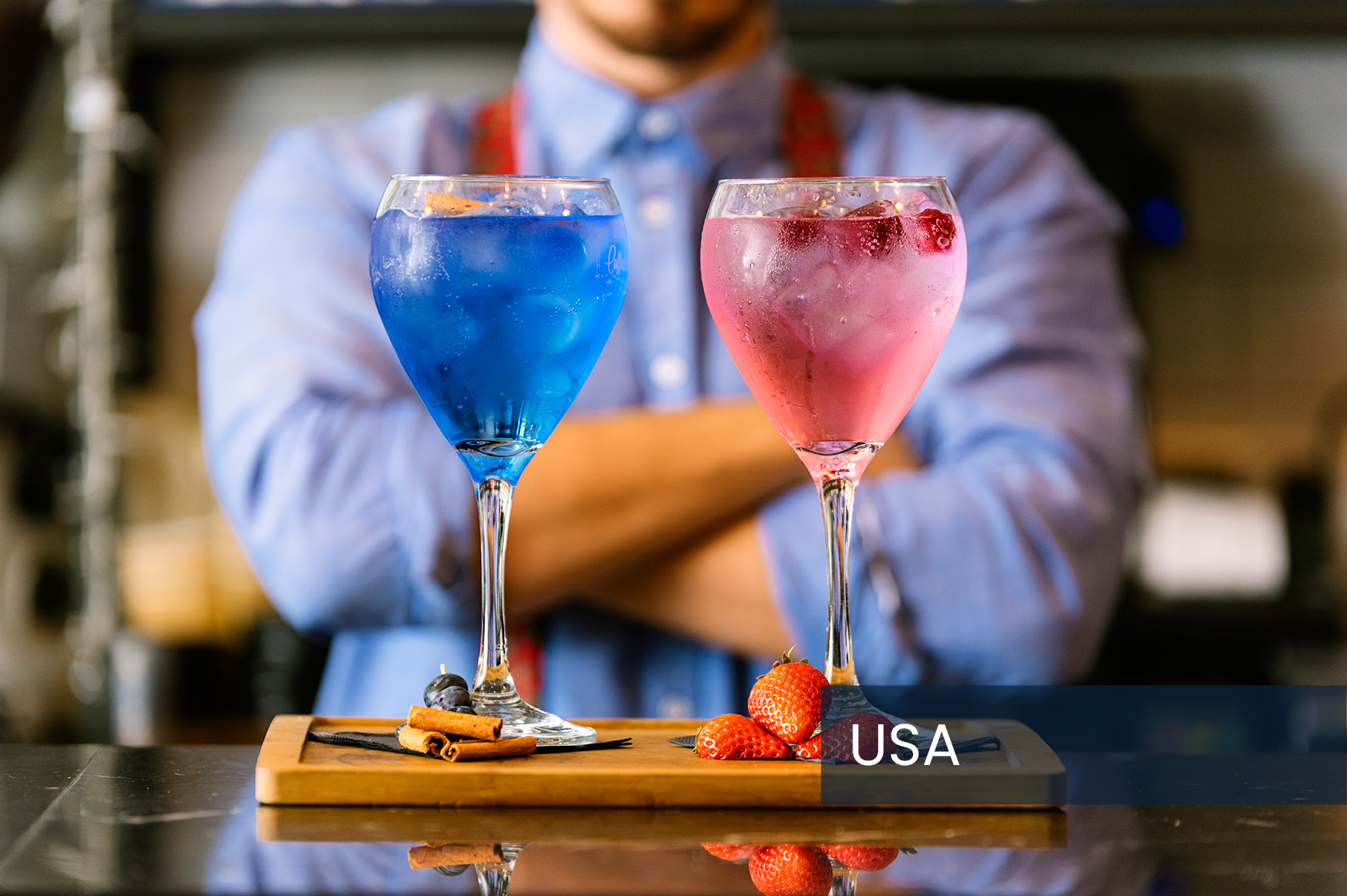Alcohol alternatives have never been more readily available, and are improving in quality, ensuring it’s never been easier to forego alcohol while not making social sacrifices. In 2019, 61% of those who participated in Dry January drank out-of-home less than normal or not at all. By contrast, 78% of consumers who committed to Dry January this year still visited the On Premise channel. This figure includes those consumers who may still be wary of COVID-19, or frustrated by restrictions, which suggests it could be seen as an even more profound uplift vs 2019.
Engagement with non-alcoholic beverages in bars and restaurants also increased by a staggering amount. Roughly 50% of those participating in Dry January consumed soft drinks during the month in both 2019 and 2022. However, non-alcoholic substitutes experienced massive growth. In 2019 just 5% of Dry January participants drank a non-alcoholic beer in the On Premise channel, while that number jumped to 29% in 2022.
Mocktails were the most preferred alcohol alternative in 2019 with 7% of consumers reportedly purchasing in a bar or restaurant. This year, 23% drank mocktails while 26% and 22% tried alcohol-free wine and spirits, respectively. Curiosity beyond a traditional mocktail indicates that there are more high-quality options available with compelling flavor profiles that can stand on their own.
In the 2022 Dry January period alone, estimates suggest a total On Premise sales value uplift of $295M vs 2019 for non-alcoholic beer, non-alcoholic spirits, and mocktails. As soft drink engagement stayed relatively flat, this suggests visitors traded up from no beverage purchase or complimentary water to a non-alcoholic category. This incremental spend is based on only a single purchase during the month for these new “switching” occasions.
But what is the big picture outlook for non-alcoholic beverage consumption, post-January? CGA’s consumer research highlights that of those taking part in Dry January, nearly three-quarters said they would continue drinking alcohol-free beer, spirits, and mocktails while 64% planned to drink alcohol-free wine. This is positive news for emerging brands in the non-alcoholic “better for you” space and highlights the opportunity for Suppliers to introduce non-alcoholic brand extensions that keep consumers engaged with their brand family. It also presents a lucrative opportunity for Operators to adopt robust and exciting alcohol-alternative menu options that may capture an incremental occasion.
 To learn more about CGA’s consumer research capabilities, which allow you to build unique, compelling sales stories by channel and brand, and how to harness the opportunities of the low/no alcohol trend, get in touch with Matthew Crompton, Regional Director – North America, at matthew.crompton@cgastrategy.com.
To learn more about CGA’s consumer research capabilities, which allow you to build unique, compelling sales stories by channel and brand, and how to harness the opportunities of the low/no alcohol trend, get in touch with Matthew Crompton, Regional Director – North America, at matthew.crompton@cgastrategy.com.



